Sbarro coupé Filipinetti 1
Six years after his first prototype, Franco Sbarro, then chief mechanic at the famous Scuderia Filipinetti, designed and built a coupé with elegant, classic lines inspired by the sporting models of the time.
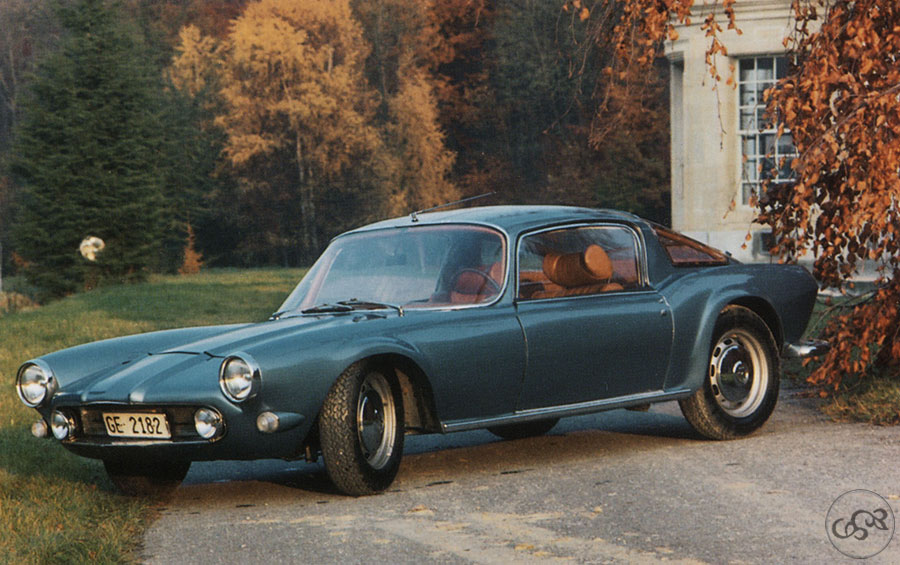
Hand-built design
Franco Sbarro chose a Volkswagen Cocinelle (chassis and engine) as his base. A proven technical base that didn't give rise to any particular problems. The bodywork, on the other hand, was a laborious process. The glass parts in particular were difficult to assemble. Despite this, Sbarro was beginning to master the technique of polyester and fiberglass.The Filipinetti coupé weighed no more than 800 kg, enabling it to reach the respectable speed of 160 km/h (a contemporary VW Karman reached 145 km/h). The interior, designed by a saddler, is rather plush for a handcrafted car (wood, leather) and worthy of the best sixties coupes.
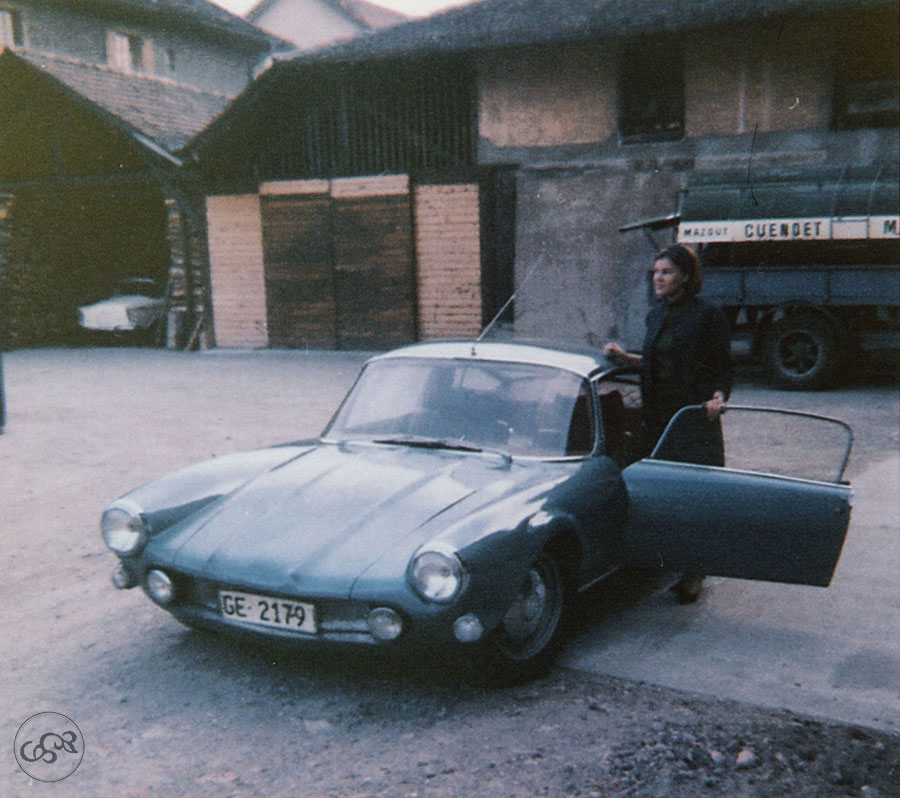
When Filipinetti imposes itself
Franco Sbarro had been working
on his prototype for two years, in his spare time at Scuderia
Filipinetti. His workshop was located in the former stables of
the Château de Grandson. It was there that one Sunday Georges
Filipinetti discovered his employee working on his prototype.
His reaction was surprising: he offered to finance the
construction of the car, on condition that it bore his name.
And implicitly, he became the owner! Financially, this was
very interesting for the young builder. But it was a little
harder to lose the paternity and ownership of his work. Years
later, however, Franco Sbarro was able to buy back the
prototypes. Georges Filipinetti considered proposing to
Volkswagen that the coupé be built in small series: this led
Sbarro to design the Filipinetti 2 coupé.
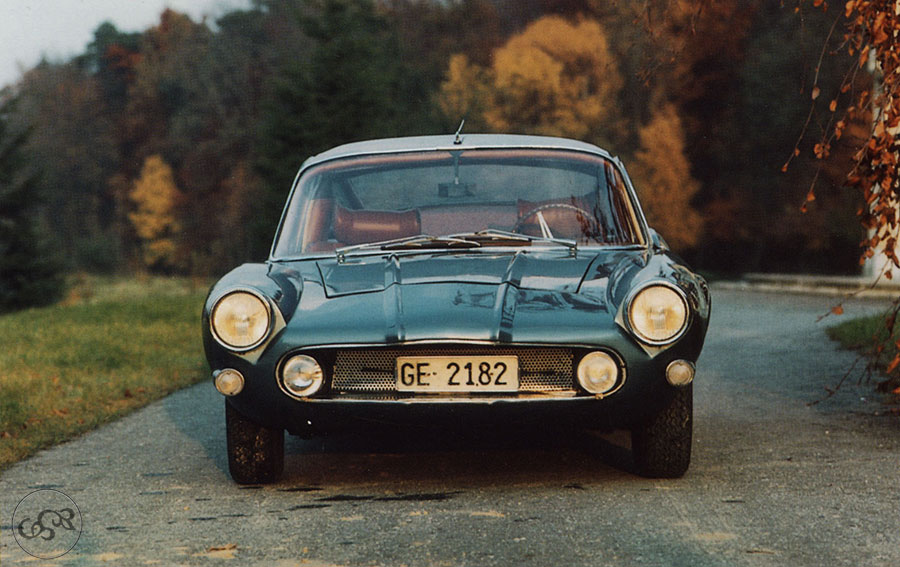
Convinced by polyester
The first coupé was used by
Franco Sbarro. He was at the wheel when, dazzled by the sun,
he slammed into the rear of a Peugeot 404 at high speed. The
latter was declared a wreck by the insurance company, while
the Filipinetti 1 coupé was repaired and ready a few days
later for a trip to his family's home in southern Italy. The
polyester absorbed the impact and saved Sbarro from serious
injury (there were no seatbelts). From then on, he never
stopped studying this material and using it for his future
constructions.
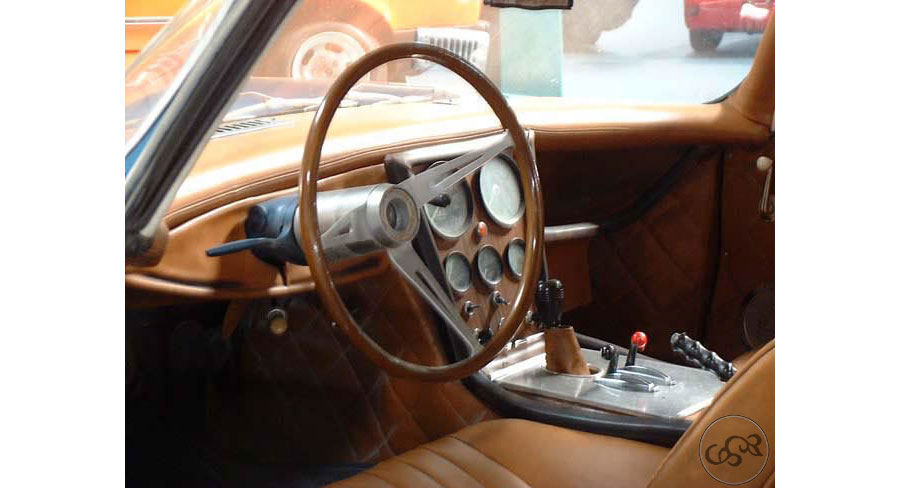
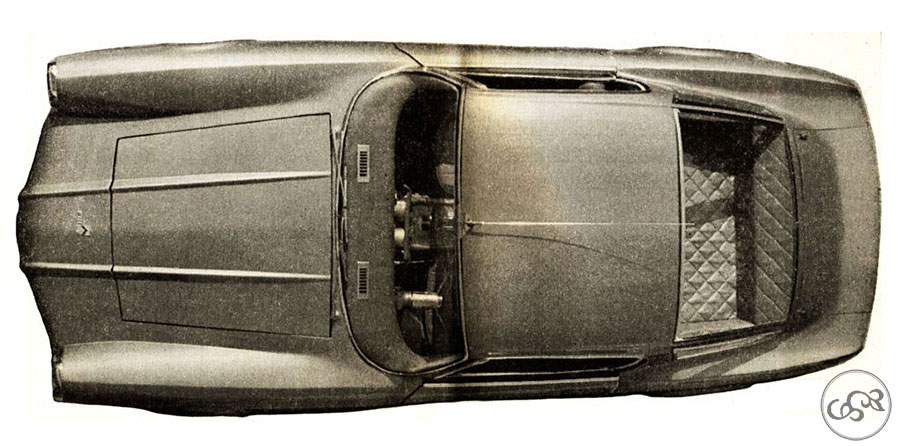
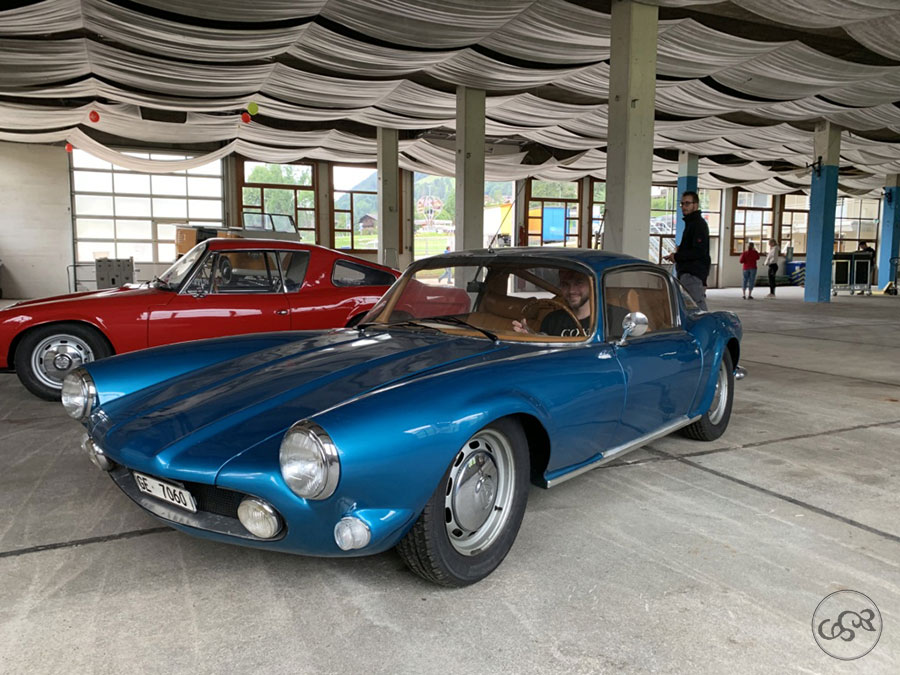
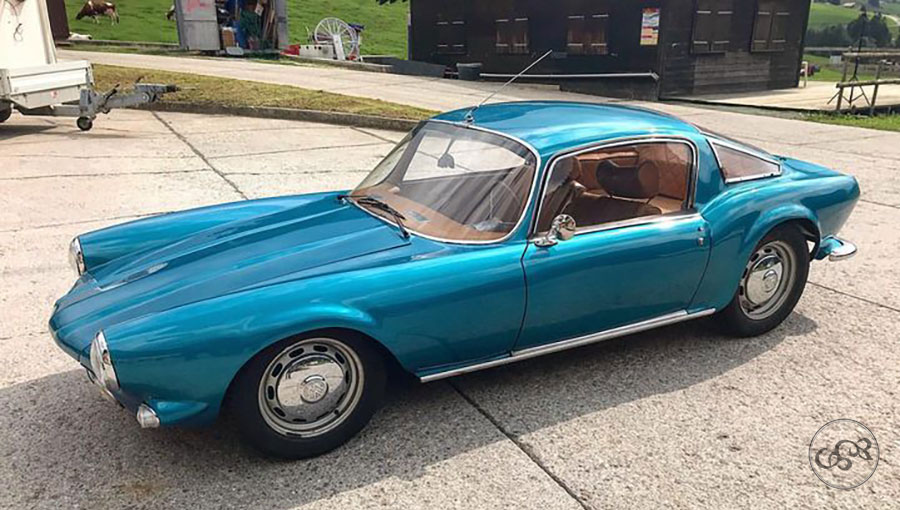
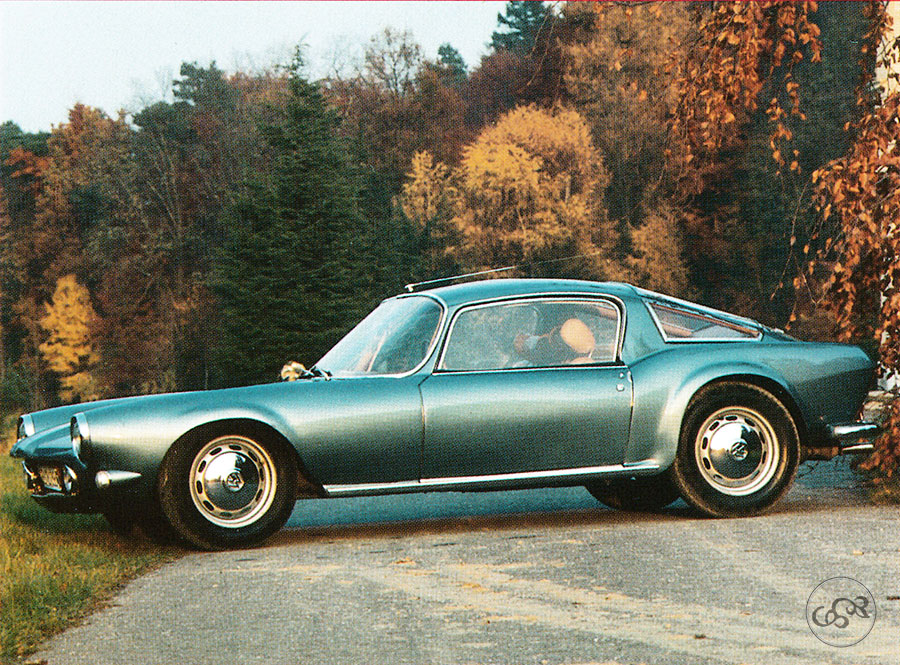
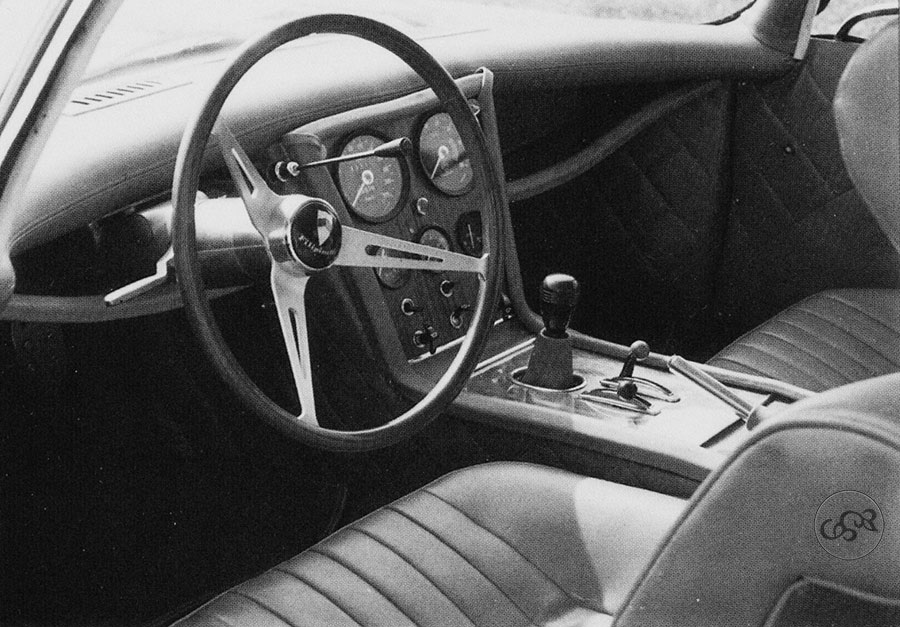
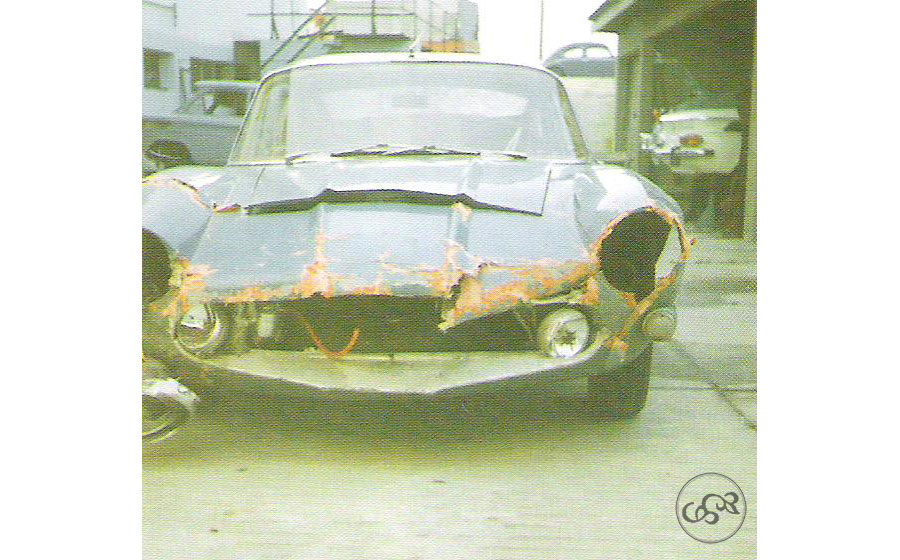
In brief
1- First truly accomplished model designed and built by Sbarro
2- Georges Filipinetti finances the project and imposes his name.
3- An accident demonstrates the qualities of polyester